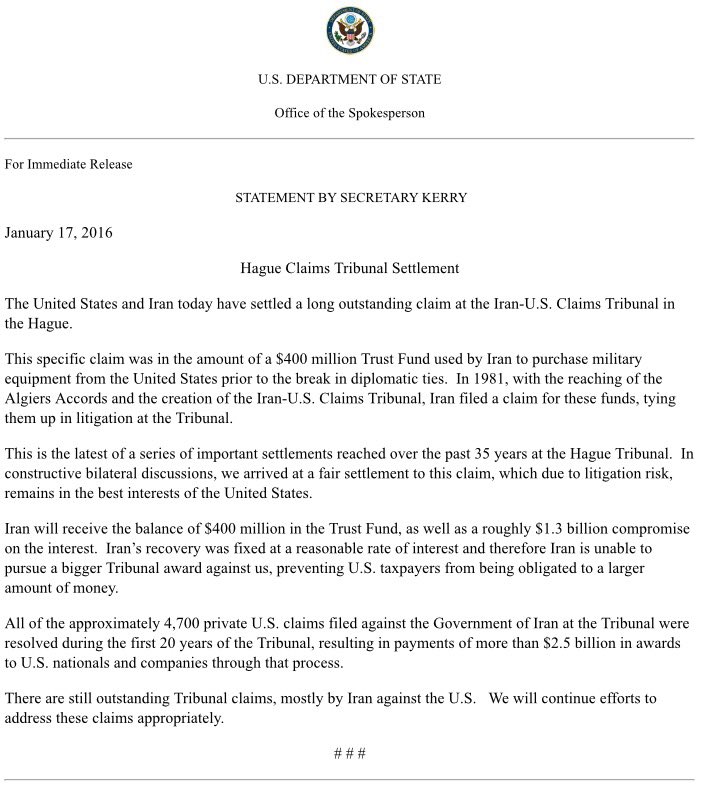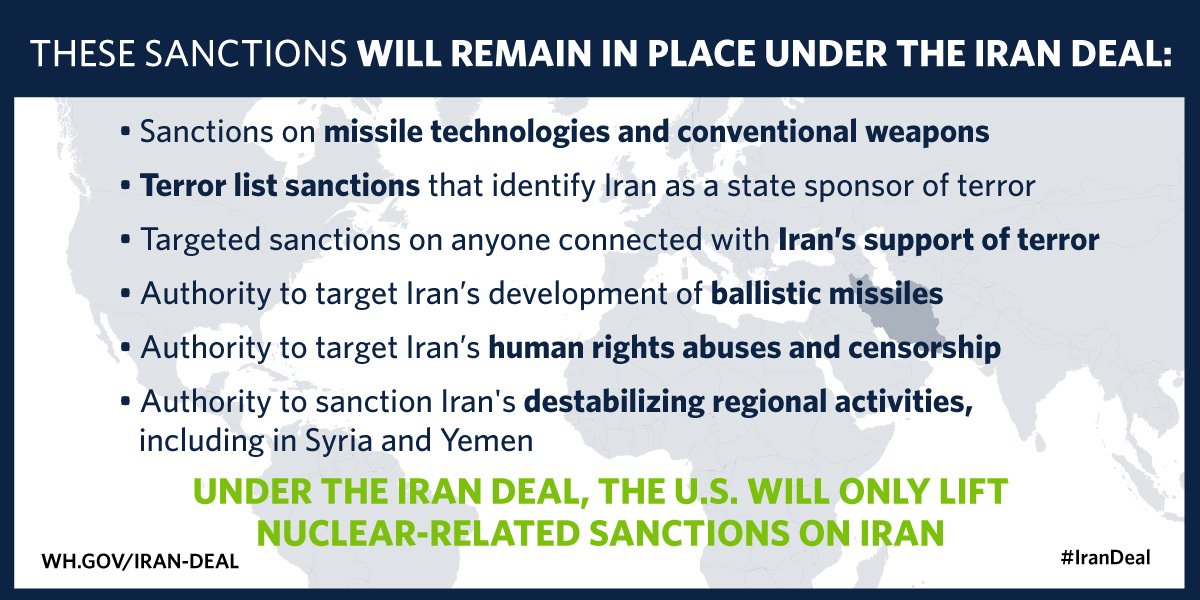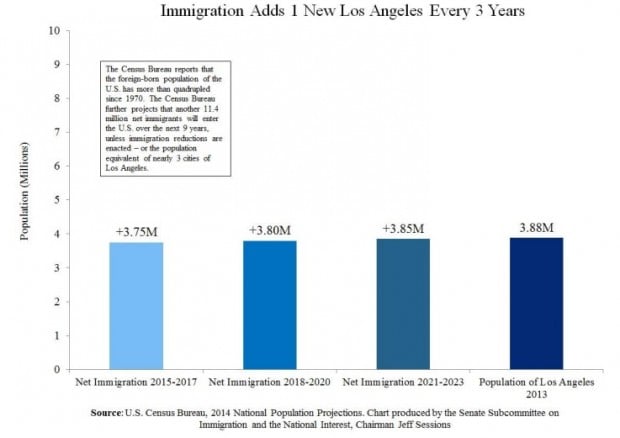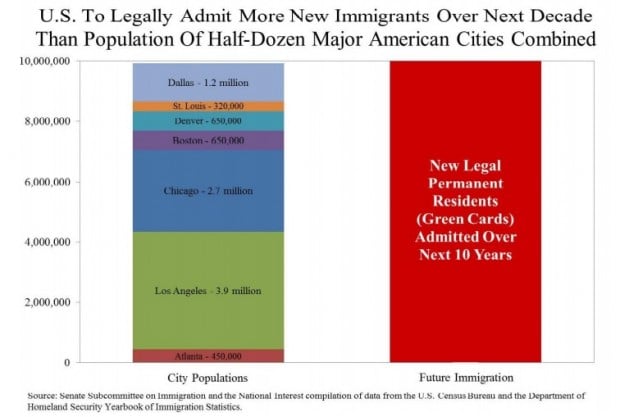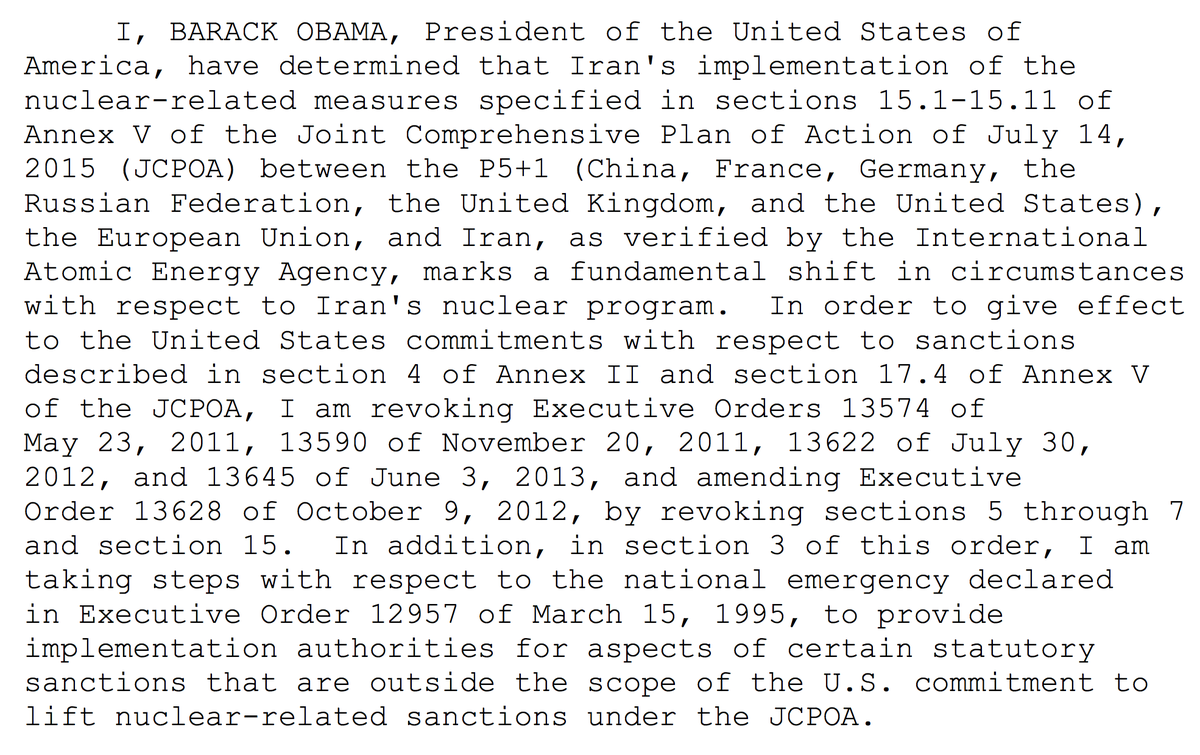The Iranian Timeline of Terrorist Activities
Written by : Asharq Al-Awsat
Saturday, 16 Jan, 2016
Washington- 1979: On the year of the Iranian revolution, and after Ayatollah Khamenei returned to Iran, Iranians broke into the US embassy in Tehran, capturing 90 people. Later on they released women, African Americans, and indigenous Americans, while keeping 50 other diplomats captive for 444 days.
1980: With the start of the Iranian-Iraqi war, The Quds Force division unit of Iran’s Revolutionary Guard was established, answering only to the Supreme leader’s authority.
1982: During the Iranian-Iraqi war, Iran recruited troops from the Kurdistan Democratic Party and the Democratic National Union of Kurdistan to fight along their side.
1982: Ali Akbar Mohtashami, Iranian 1982-1985 ambassador, and minister of interior affairs, founded Hezbollah in Lebanon. Hezbollah until today remains a political, military, and security, proxy for the Iranian plans for both Lebanon and Syria.
1983: 58 Americans were killed when a truck exploded in front of the US embassy in Beirut, which, later on, the United States held both Hezbollah and Iran responsible for.
1983: Two suicide attacks on American and French marine troops’ bases in Beirut lead to the death of 241 Americans, 58 French troops, and 6 civilians aside from the two attackers, tens were injured too. On 2002, the US court condemned Hezbollah and Iran for the attacks.
1983: Coinciding explosions target 6 institutes both Kuwaiti and foreign, including the US embassy in Kuwait. Iran and its proxies were accused for the attacks.
1985: A civil plane boarding 153 people was hijacked during its flight between Athena and Rome, and driven to Beirut. The plane was later moved from Beirut to Algeria, with two passengers killed, and the rest released. The Hijack was later traced back to an organization associated with Hezbollah and the kidnappers were: Imad Mughniyah, Hassan Ezzeddine, Ali Atweand Mohammed Ali Hamadeh; all Hezbollah members.
1989: An attempted murder of the novelist Salman Rushdie for writing Ayate Sheitani, “Satanic verses” failed. Lebanon-based Hezbollah declared coordinating with the Iranian Revolutionary Guard for the attempt.
1992: An explosion targeting the Israeli embassy in Argentine. The Iranian Revolutionary Guard was accused for perpetrating the attack.
1994: The Jewish cultural center in Buenos Aries, Argentine, was subjected to an explosion, and the Revolutionary Guard Stands was held responsible.
1995: The Iranian Revolutionary Guard organized an international gathering in Tehran, inviting several terrorist organizations, some of which were: the Japanese Red Army, the Armenian Secret Army for the Liberation of Armenia, the Iraqi Islamic Dawa Party, and the Lebanese Hezbollah.
1996: The terrorist Khobar Towers’ bombing in Saudi Arabia killed 19 Americans; Iran and proxies were held responsible.
1998: Two bombings targeted American embassies in Nairobi- Kenya and Dar es Salaam- Tanzania.
2001: After the US September attacks, American reports published report on Iran supporting al-Qaeda, and that it had allowed the 9/11 perpetrators to pass through its grounds. The Iranian Revolutionary Guard and Hezbollah were enlisted as terrorist organizations.
2002: An American report issued that Hezbolla is granted an annual support from Iran ranging between 60 to100 million dollars. (Other reports estimated support to have reached 200 million dollars).
2002: Pentagon issued a report accusing the Iranian Revolutionary Guard, Hezbollah, Egyptian Islamist group, and al-Qaeda for participating in terrorist operations carried out on the border region between “Argentine, Brazil, and Paraguay”.
2005: Rafic Hariri, Lebanese Prime Minister, alongside two of his companions were assassinated in an explosion that targeted Harir’s convoy to Beirut. The prosecution of the Special Tribunal for Lebanon requested a number of accused figures (all members of Hezbollah), for investigation purposes, however, Hezbollah refused to hand them in. Later on, multiple political assassinations following Rafic al-Hariri’s assassination were added to the case files of the tribunal.
2005: An American report accused Iran of harboring al-Qaeda militants in Afghanistan, some of which were relatives of Osama bin Laden.
2007: American General of forces in Iraq, David Petraeus in a congressional interrogation: Iran supports “Jaysh al-Mahdi” militia in Iraq in addition to other Shiite militants. Those supported by Iran are responsible for the death of over a thousand US soldiers in Iraq (by then).
2008: The Israeli embassy in the Baku capital of Azerbaijan is targeted with attempted bombing. Iran and its proxies were accused to also stand behind the operation.
2011: The Iranian plot to blow up a restaurant in Washington, DC, which was frequented by the Saudi ambassador (at the time) Adel al-Jubeir, who is today the Minister of Foreign Affairs. Although the target was the Saudi ambassador, the Iranian operation was going to kill many American citizens found at the restaurant.
2012: Blowing up a bus carrying Israeli tourists at an airport in Bulgarian city of Burgas. Five tourists were killed in addition to the bus driver and the bomber. The Iranian Revolutionary Guard and Hezbollah were accused.
2012: In a court in Kenya, two detained Iranians were accused of being members of the Iranian Revolutionary Guards, and of having plans to blow up embassies of the United States, Britain and Israel in the Kenyan capital Nairobi.
2012: Indian police announced that they had confirmed that the Iranian Revolutionary Guard was behind the terrorist attack in New Delhi, which targeted Israeli diplomats in that year.
2013: Iranian plot in Nigeria against an Israeli shipping company and Office of U.S. Foreign Assistance Resources. 2013: Discovering secret filming operations Iran was behind, targeting the Israeli embassy in Baku, capital of Azerbaijan.
2014: Accusing Hezbollah of planning an attack on Israeli tourists in Bangkok, capital of Thailand. 2014: The arrest of spies working for Iran in Lima, capital of Peru, with the aim of attacking the Jewish synagogue, among them a Hezbollah member.
2015: Bahrain police discovered weapons and explosives factory, arresting agents of the Iranian Revolutionary Guards.
2016: The Ministry of the Interior in Bahrain discovered a terrorist cell affiliated with the Lebanese Hezbollah and the Iranian Revolutionary Guards.
*******
Hostage Swap: Obama’s Secret Second Channel to Iran
Brett McGurk, a senior State Department official, led a small American team in secret prisoner-swap negotiations with Iran, which culminated in today’s agreement. Photograph: Mandel Ngan / AFP / Getty
Fourteen months ago, President Obama authorized a top-secret, second diplomatic channel with Tehran to negotiate freedom for Americans who had disappeared or been imprisoned in Iran. It was a high-risk diplomatic gamble. The initiative grew out of nuclear negotiations, launched in the fall of 2013, between Iran and the world’s six major powers. On the margins of every session, Wendy Sherman, the top American negotiator, pressed her Iranian counterparts about the American cases. The Iranians countered with demands for the release of their citizens imprisoned in the United States for sanctions-busting crimes. More than a year of informal discussions between Sherman and her counterpart, Majid Takht Ravanchi, the Iranian Foreign Ministry official in charge of American and European affairs, led to an agreement, in late 2014, that the issue should be handled separately—but officially—through a second channel. After debate within the Administration, Obama approved the initiative. But it was so tightly held that most of the American team engaged in tortuous negotiations on Iran’s nuclear program were not told about it.
What heightened the risk was the fact that the new Iranian team was headed by a senior intelligence official, a sharp departure from the traditional but still tentative diplomatic channels with the Iranian Foreign Ministry developed in the nuclear talks. The involvement of Iranian intelligence made prospects far more unpredictable—and potentially controversial. Brett McGurk, a senior State Department official, headed the small American team, which also included officials from the Department of Justice, the F.B.I., and the intelligence community. The meetings—facilitated by the Swiss government and often held in Geneva—repeatedly hit snags, complications, legal hurdles, and last-minute demands. The swap—officially referred to as a “humanitarian gesture”—came close to fruition three times over more than a year of secret meetings, only to collapse again and again, an Iranian official said.
The deal finally came together this morning, just as Iran and the six major powers also moved toward Implementation Day of the Iran nuclear deal. It will mark the point when the U.N. confirms that Iran has complied with terms to dismantle its program, allowing international sanctions to be lifted. Secretary of State John Kerry held one final meeting with his Iranian counterpart, in Vienna, hosted by the European Union foreign-policy chief, Federica Mogherini. The separate diplomatic channels happened to mature at the same pace, according to U.S. officials. The second channel accelerated after the nuclear deal was announced last July.
Secretary of State John Kerry and Iranian Foreign Minister Javad Zarif met one final time in Vienna before Implementation Day and the separate but simultaneous announcement that the two countries had agreed on a prisoner swap.
The United States had hoped to make the announcement of the Americans’ release this morning, but Iran’s semi-official Fars News Agency preëmpted Washington with its own announcement that four Iranian-Americans imprisoned in Iran had been freed as part of a prisoner exchange, following a decision by the Supreme National Security Council. The State Department scrambled to get out its statement. “We offered clemency to seven Iranians, six of whom are dual U.S.-Iranian citizens, who had been convicted or are pending trial in the United States,” it said. “The United States also removed any Interpol red notices and dismissed any charges against 14 Iranians for whom it was assessed that extradition requests were unlikely to be successful.” The number was pared down significantly from the original Iranian list, U.S. officials said. And not all the American cases against Iranians were resolved by the swap.
The release marked the end of a troubled saga that had been further politicized during the U.S. electoral season. Many Republicans had criticized President Obama for agreeing to a nuclear deal—which will give Iran access to tens of billions of dollars in oil revenues that had been locked in foreign banks because of sanctions—while Americans were still held in Iran.
Indeed, the reaction was swift and biting among Republican Presidential candidates. “The fact of the matter is that this tells us everything we need to know about the Iranian regime—that they take people hostage in order to gain concessions,” Senator Marco Rubio said. “And the fact that they can get away with it with this Administration, I think, has created an incentive for more governments to do this around the world.”
U.S. officials remained upbeat. “We think this is a very good day,” a senior Administration official said, during a teleconference briefing this morning. “We think this proves that we are able to resolve issues when we have diplomatic channels.” But he hastened to add, “This was not a traditional spy swap. We are pursuing this in context of an extraordinary moment in U.S.-Iranian relations as implementation of the nuclear deal is upon us.”
“In many ways, this was harder than the nuclear deal,” Wendy Sherman told me on Friday. “Because these were about American citizens, human lives, the pain of their families, the pain of their daily existence. I’m very glad to see them coming home.”
Brett McGurk, the point man on the American team, began his career in Washington as a law clerk to William H. Rehnquist, the late Chief Justice. He has been given some of the toughest assignments at the State Department. His official biography describes him as one of the architects of President George W. Bush’s “surge” of U.S. troops to combat Al Qaeda. He was a key adviser during the Obama Administration’s review of our Iraq policy, and later helped manage the transition as the United States withdrew its troops. McGurk is now Special Presidential Envoy for the Global Coalition to Counter ISIL. He was in Geneva negotiating right through Saturday morning, State Department officials said.
The most widely known American released today is the Washington Post correspondent Jason Rezaian, who had been detained since July, 2014. Born in California, of Iranian parents, he went to Iran as a young reporter, married an Iranian journalist, and settled in. He was charged with espionage, “collaborating with hostile governments,” and “propaganda against the establishment.” Among Rezaian’s alleged crimes, according to Iranian press reports, was writing to President Obama and offering advice based on his wide range of Iranian contacts. Rezaian was convicted last year, but his sentence, curiously, was never announced. Even his lawyer said that she didn’t know what it was.
Rezaian’s wife, the journalist Yaganeh Salehi, was detained at the same time. She was later released on bail, but the charges were never dismissed. She is being allowed to fly out of Iran with her husband, U.S. officials said.
Of the four prisoners released by Iran, Amir Hekmati, a former Marine, had been imprisoned the longest. He was born in Arizona, grew up in Michigan, and served in Iraq. He was visiting his grandmother in Tehran when he was arrested, in August, 2011, and charged with espionage, waging war against God, and “corrupting the earth.” He received the death sentence. A retrial overturned that conviction, and he was sentenced to ten years for “coöperating with hostile governments.”
The Reverend Saeed Abedini, who was born in Iran, converted to Christianity from Islam. Christianity is legal in Iran, and Christians have special, and proportionate, seats in Parliament. But Abedini was a convert, and reportedly helped to establish underground churches in Iran for other converts. He eventually married an American, moved to the United States, in 2005, and was ordained by the American Evangelistic Association. But he returned to Tehran in 2009. He was picked up in 2012 and charged with undermining national security. He was sentenced to eight years.
The fourth released prisoner is Nosratollah Khosrawi-Roodsari, about whom little is known. The United States was not even aware that he had been detained until it received a diplomatic note about him from the Iranians during the negotiations. He was detained sometime in the past year, U.S. officials said.
In a separate case, a fifth American, Matthew Trevithick, was also allowed to leave Iran today, before the others. Imprisoned early last month, on unknown charges, he was a young businessman who ran a research organization in Turkey and had been in an intensive language-training class in Tehran. He was just completing his course when he was arrested. Shortly after he graduated from Boston University, Trevithick worked as my research assistant at the Woodrow Wilson International Center, in Washington. He later worked for two years at the American University in Sulaymaniyah, in Iraqi Kurdistan, and for four years at the American University in Kabul. He was allowed to call his parents this morning en route to the airport.
At least two Americans are not coming home. Siamak Namazi was detained in October, although the judiciary has never confirmed his arrest or charges against him. A young analyst from a prominent Iranian family, he came to the United States as a boy, received dual citizenship, and attended college at Tufts, then returned to Iran to do compulsory military service. He did stints as an analyst at think tanks in Washington, including the National Endowment for Democracy. He later set up shop in Dubai as a consultant on energy issues. He had avoided going back to Iran after the arrests of other Iranian-Americans, but he received signals that it was safe to visit his family. He was soon picked up. “We’re doing everything we can to resolve his case,” a senior official said.
Robert Levinson, a retired F.B.I. agent, who has been missing for more than eight years, is a more complicated case. He was last seen on Iran’s Kish Island in 2007. Levinson told colleagues that he was working on a cigarette-smuggling investigation, but the Washington Post reported, in 2013, that he had actually been on a C.I.A. contract, and was dispatched by intelligence analysts who had no authority to run operations overseas. The revelation of the rogue operation led to a shakeup at the agency.
In 2013, Levinson’s family released a series of “proof of life” photos sent to them of a bearded, bedraggled, and chained Levinson in an orange prison jumpsuit, the type worn by detainees at Guantanamo Bay. In each photo, he carried a sign. In one, he pleaded, “Help me.” Another read “I Am Here in Guantanamo Do You Know Where It Is?” U.S. officials say that Iran’s claims not to know Levinson’s current status are credible. There have been suggestions over the years, never confirmed, that he might have been taken to Baluchistan, an unruly area that overlaps the borders of Iran and Pakistan. In its announcement of the prisoner swap, the State Department said, “Iran has also committed to continue cooperating with the United States to determine the whereabouts of Robert Levinson.”
The Fars New Agency identified the seven Iranian inmates freed by the United States as Nader Modanlou, Bahram Mechanic, Khosrow Afqahi, Arash Ghahreman, Touraj Faridi, Nima Golestaneh, and Ali Sabounchi. All had been charged with violations of sanctions or trade restrictions. None had ties to terrorist activity, U.S. officials said Saturday.
Despite the timing, U.S. officials insisted that the two big breakthroughs on Saturday—on the nuclear deal and on the detainees—were not initially designed to conclude simultaneously. “As unbelievable as it will be for a lot of people, the two channels were really separate,” a U.S. official familiar with the talks told me. “They steamrolled in such a way that they ended up coming together at a time Iran wanted to clean the decks.”
The release set the stage for at least one additional step that could resolve some remaining differences between Tehran and Washington, but those negotiations are still under way. The Obama Administration also hopes today’s events will foster further coöperation when the United States and Iran participate in new Syrian peace talks, set to begin on January 25th—a process far more complex than the negotiations over nukes or hostages.
